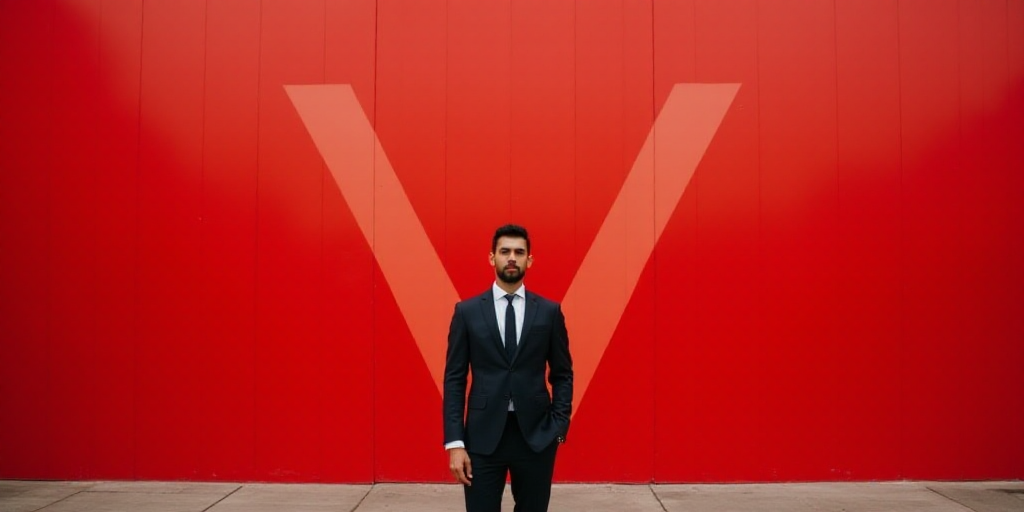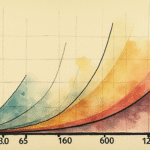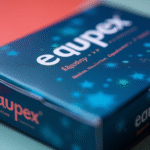Introduction
The 2026 World Cup is shaping up to be a turning point for FIFA’s sponsorship strategy, with two key aspects driving this transformation: regional impact and social sensitivity in brand narratives. Valvoline, a recent addition to the FIFA sponsor roster, exemplifies this shift.
Regional Impact
FIFA is now embracing brands with regional influence for the World Cup, a departure from traditional global sponsors. This change is partly due to the event’s massive global audience, which reached 5 billion viewers in Qatar 2022, mirroring the viewership of the 2024 Paris Olympics. The sponsorship structure for 2026 will consist of three tiers: partners, sponsors, and supporters.
Tier 1: Global Partners
Seven brands, including Adidas, Coca-Cola, Hyundai-Kia, Aramco, Lenovo, Qatar Airways, and Visa, will continue as global partners. These companies have long-term relationships with FIFA, extending beyond the World Cup to all FIFA events.
Tier 2: Regional and Global Mix
Seven brands, such as Michelob Ultra, Bank of America, Lays, McDonald’s, Mengniu, Dove, and Verizon, will occupy the second tier. This mix includes both global and regional brands.
Tier 3: Regional Focus
Currently, five brands—Airbnb, Diageo, Rock it cargo, The Home Depot, and Valvoline—are in the third tier, with a regional focus. Their sponsorship fees are estimated to be lower than those of higher tiers, reflecting their regional impact.
“Historically, these tiers were associated with different types of sponsors. Some provided goods and services directly to FIFA, while others supported the World Cup organization,” explains Francisco San José, a sports marketing professor at the University Anáhuac’s School of Sports Sciences.
“Local brands may have lower value requirements compared to global ones. The timing of contract signing also plays a role; longer contracts can secure lower prices, while shorter-term agreements may result in higher costs. The duration of the contract, the sponsor’s tenure, and the brand’s global or regional reach all influence the sponsorship value,” San José adds.
Social Sensitivity in Brand Narratives
The 2026 World Cup will take place amidst various geopolitical events, prompting brands to consider these factors when partnering with FIFA. Gustavo Schmidt, Valvoline’s Vice President and General Manager for Latin America, emphasizes the positive impact of this association on both the brand and fans.
“Valvoline aims to be a global leader, grow, and maintain a strategic alliance with the World Cup, which is a global event. However, certain markets, like Mexico, are strategic foci due to our long-term commitment,” Schmidt states.
“Our region, including the United States and Latin America, is crucial for our company. Mexico, in particular, is a priority market due to its size and strong connection to football. This long-term commitment reflects Valvoline’s strategic investment in Mexico and the continent, extending beyond the 2026 World Cup to establish a broader brand presence,” he explains.
Although Valvoline did not disclose its Mexican operations details, it highlights the World Cup partnership as its most significant strategic alliance and a demonstration of its serious commitment to Mexico.
Evolving Brand-Fan Relationships
As geopolitical events shape the 2026 World Cup landscape, brands must craft socially sensitive narratives resonating with diverse social strata, according to San José.
“Consumers increasingly expect brands to engage in social responsibility and embrace causes vital to society, moving beyond mere consumption. Today’s brand-fan conversations are more mature than before, focusing on shared concerns rather than just economic benefits,” San José concludes.
Key Questions and Answers
- What are the three tiers of sponsorship for the 2026 World Cup?
The three tiers are partners (global brands with long-term commitments), sponsors (a mix of global and regional brands), and supporters (regionally focused brands).
- How does the 2026 World Cup sponsorship structure differ from previous editions?
The 2026 World Cup embraces regional brands, unlike past editions that primarily focused on global sponsors.
- What role does social sensitivity play in the 2026 World Cup sponsorships?
Brands are expected to create narratives addressing social responsibility and relevant causes, moving beyond mere consumption.
- Why is Valvoline’s partnership with the 2026 World Cup significant?
Valvoline sees this as a strategic investment in Mexico and the broader Latin American region, aiming for long-term brand growth.






